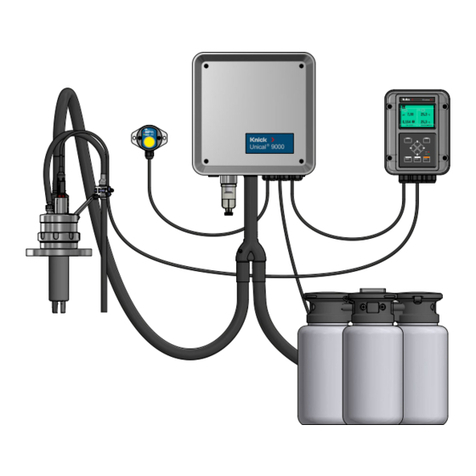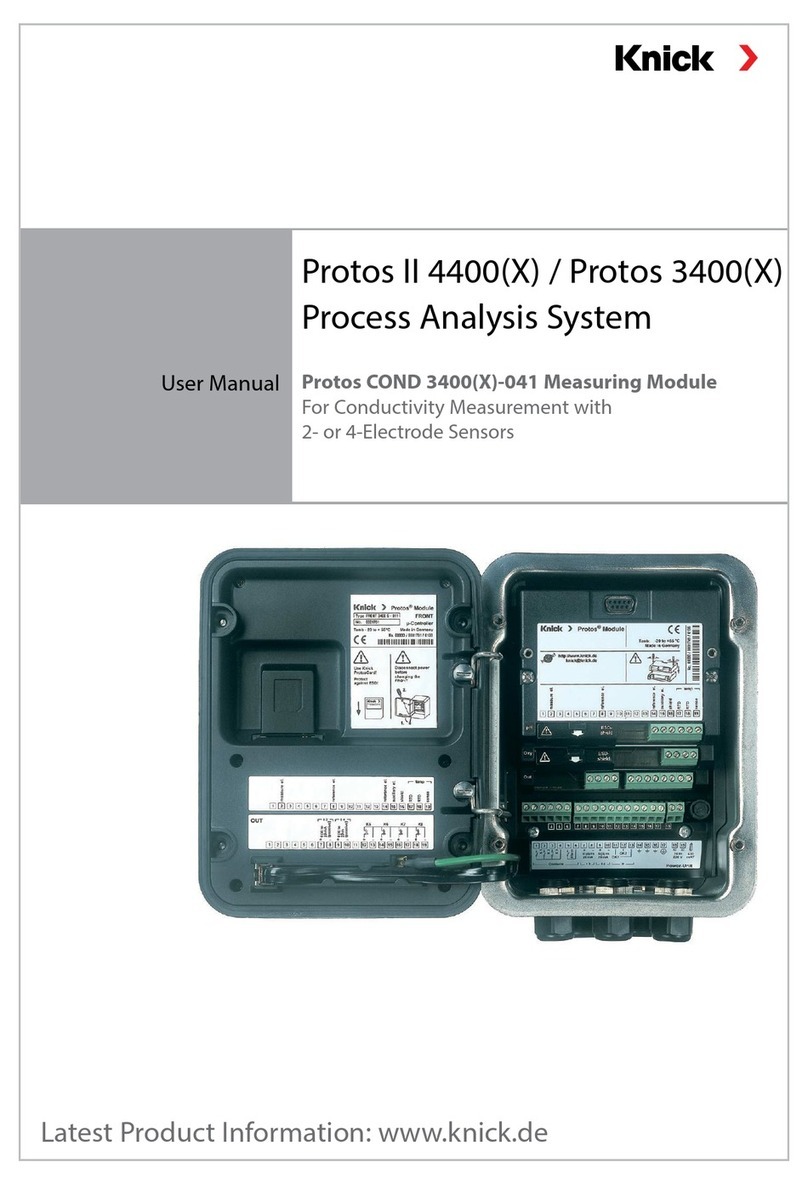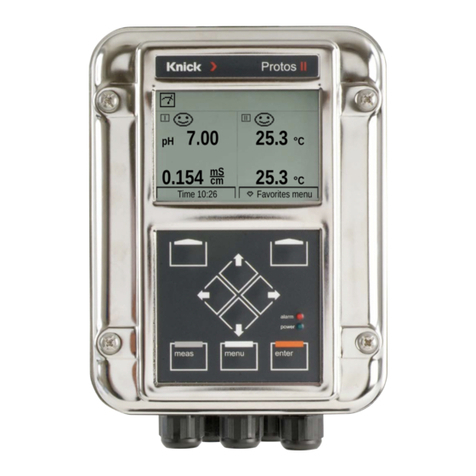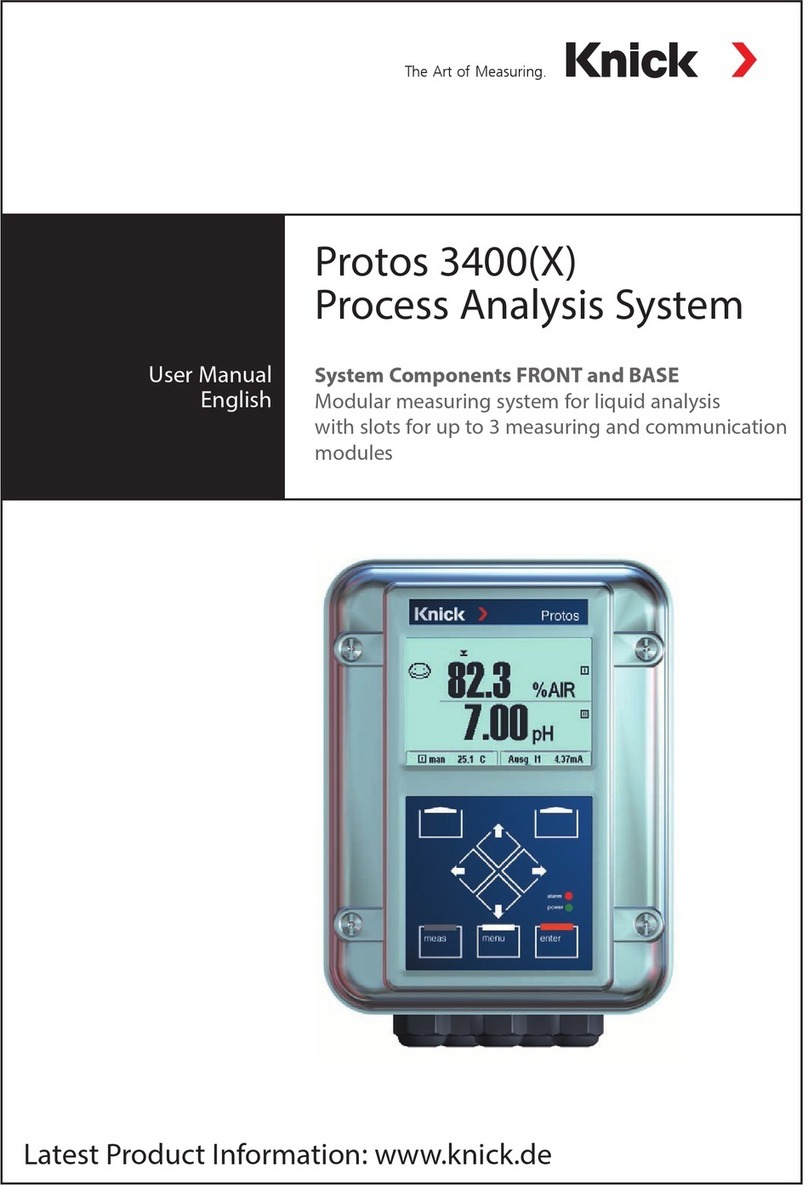
3
Table of Contents
Protos PH 3400(X)-033 Module
Returns........................................................................................................................................... 2
Disposal ......................................................................................................................................... 2
Trademarks ................................................................................................................................... 2
Intended Use.................................................................................................... 6
Safety Instructions .......................................................................................... 7
Operation in Explosive Atmospheres: PH 3400X-033 Module.................................. 7
Firmware Version ............................................................................................ 8
Terminal Plate PH 3400-033 Module ............................................................. 9
Installing the Module.................................................................................... 11
Wiring Examples............................................................................................ 12
Calibration / Adjustment .............................................................................. 14
Calibration methods ...............................................................................................................16
Temperature compensation.................................................................................................17
HOLD Function During Calibration ...................................................................................18
Automatic Buffer Recognition (Calimatic) ......................................................................20
Calibration with Manual Entry of Buffer Values ...........................................................22
Product Calibration (Calibration with Sampling) ........................................................24
Data Entry of Premeasured Electrodes ............................................................................26
Determination of Nominal Zero .........................................................................................28
Temp Probe Adjustment........................................................................................................30
Parameter Setting ......................................................................................... 31
Parameter Setting: Operating Levels ................................................................................32
Parameter Setting: Locking a Function ...........................................................................33
Activating Parameter Setting ..............................................................................................34
Settings of Sensor Data..........................................................................................................35
Sensoface ....................................................................................................................................37
Sensocheck.................................................................................................................................37
Sensoface criteria.....................................................................................................................38
Cal preset values.......................................................................................................................39
Tolerance adjustment.............................................................................................................39
Calimatic buffer.........................................................................................................................42
Calibration timer.......................................................................................................................42































